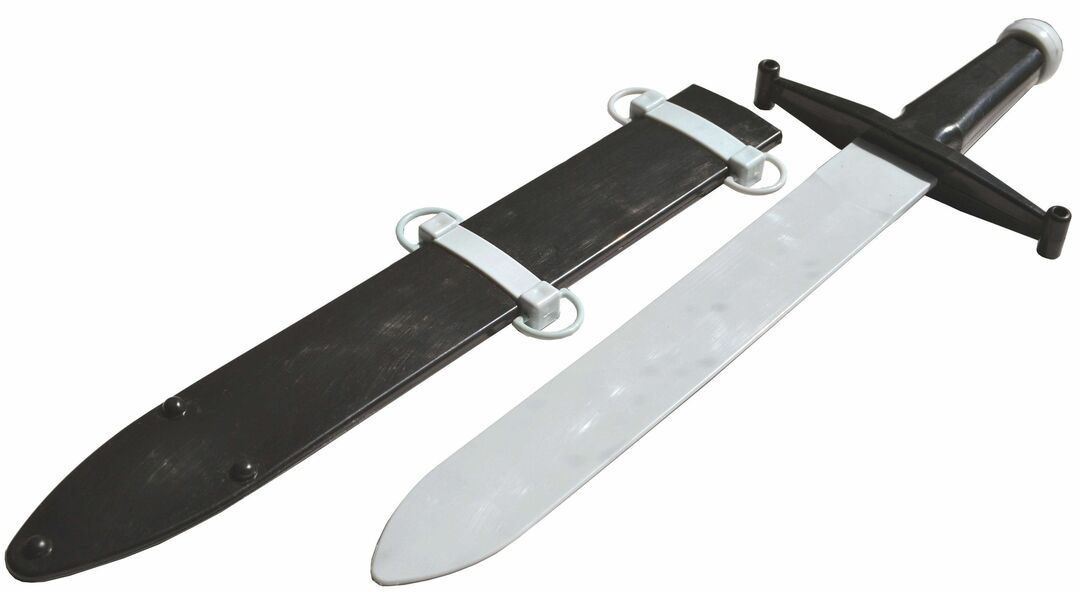Owners of private homes are often faced with a choice, what type of home heating preferred. There are only two types of heating systems, traditionally used in everyday life: one-pipe and two-pipe. Each type has advantages and disadvantages. The difference between the two systems is a different method of delivery of coolant in the heating apparatus. What is the structure for heating your own home is better, single tube or two - to choose the right owner of the house, taking into account its own domestic needs, the expected heated area and the presence of Finance.
In the first embodiment, the heat is distributed through the house on the one tube, sequentially heating each room at home. In the second case, the complex is equipped with two pipes. One is a direct flow of coolant in the radiator. Another pipe serves to drain the cooled fluid back to the boiler for further heating. Correct assessment of their own financial capabilities, accurate calculation of optimal parameters coolant in each case, will not only determine the type of heating system, but and competently carry out installation of heating.
Understand and figure out what is best for you, two-pipe or one-pipe heating system, is possible only after careful study of the technical nuances.
One-pipe heating system. General views
Single-pipe heating system can operate as a pump, and with natural coolant circulation. Regarding the second type, it should be a bit of insight into the existing laws of physics. It is based on the principle of fluid expansion during heating. The boiler in operation heats the heat medium, which due to the difference of temperatures and pressures generated rises through the riser to the uppermost point of the system. Movement upward coolant carried by one pipe, reaching the expansion tank. Accumulating there, hot water descending pipe already fills all serially connected batteries.
Accordingly, during the first coolant connection point will receive the maximum heat while the radiators located further be already partly cooled down flow fluid.
For large, multi-story buildings, such a scheme is extremely inefficient, although the cost of installation and maintenance, one-pipe system is attractive. two stories similar heat distribution principle is acceptable for private one-storey houses, residential buildings. Heating of premises with the help of one pipe scheme in the one-story house is quite effective. When the small area heated temperature in the radiators is practically identical. Using a pump in a more extended systems also have a positive effect on the heat distribution uniformity.
Quality of heating and mounting cost in this case may depend on the type of connection. Diagonal connection radiator gives more heat, but is less common due to the large number of pipes needed to connect all the heaters in living areas.

The circuit connecting to the lower radiator looks more economical, due to less material consumption. From an aesthetic point of view, this kind of connection seems preferable.
The advantages of a one-pipe heating system and its disadvantages
For owners of small residential houses one-pipe heating system looks tempting, especially if you look at it the following benefits:
- It has a stable hydrodynamics;
- convenience and ease of design and installation;
- low costs for equipment and materials.
Indirect pluses pipe system may include security coolant feed conduit which diverges by natural circulation.
The most common problems faced by owners of one-pipe heating system, the following aspects are:
- technical difficulties to eliminate errors in the work, made during the design;
- close relationship of all the elements;
- high flow resistance of the system;
- technological limitations associated with the inability to self-adjust the coolant flow.
Despite these drawbacks of this type of heating, well-made heating system project will avoid many of the difficulties still on the stage of installation. In view of the above advantages and the economic component, single-tube circuits were widely spread. Real advantages and possess single-tube and other type of two-pipe heating system. What you can win, and what to lose, by selecting a type for your home?
Connectivity technology and location of one pipe heating system
One-pipe systems are divided into vertical and horizontal. In most cases, high-rise buildings use a vertical layout. In this case, all radiators connected in series from top to the bottom. With horizontal wiring batteries are connected to each other horizontally. The main disadvantage of both variants - frequent air pockets, due to accumulation of air in the radiators. The proposed scheme makes it possible to get an idea of some embodiments of the wiring.

Connection methods in this case are selected host's discretion. Radiators may be connected by lateral connections, diagonal or lower connection. The figure shows such connectivity options.

For the owner of the house is always an important aspect of the economic feasibility of the equipment installed in the building and the resulting effect. Do not underestimate the option of one-pipe heating system. Today, in practice, made a pretty effective measures to improve the heating circuit of this type.
For instance: there is a technical solution allowing for the self-regulation of the individual heating radiators connected to the same line. For this purpose, the system creates bypass - pipe section that creates movement bypasses the coolant from the straight pipe in the return line, bypassing the contour of a particular battery.
In the bypass valves and the valves are placed overlapping the coolant flow. It can be installed on the radiator thermostats allowing to regulate the heating temperature in each radiator or the whole system. An experienced specialist will be able to calculate and carry out installation of bypass for maximum efficiency. In the diagram, you can see the principle of the bypass.
 Two-pipe heating system. Operating principle
Two-pipe heating system. Operating principle
After reading the first type of heating system, a single pipe, it is time to deal with the characteristics and function of the double pipe heating circuit. Careful analysis of technological and technical parameters of this type of heating allows consumers make an independent choice - a more efficient heating system in a particular case, a single or Twin-Tube.
The basic principle - that there are two paths by which the coolant flow rate through the system. One tube provides a flow of coolant to the radiator. The second branch is designed to have a chilled coolant after passing through the radiator back into the pot again. And so all the time, in a circle, while heating works. At first glance, the very presence in the circuit of two pipelines may alienate consumers. The great length of roads, complexity of wiring - factors that often deter owners of private houses on two-pipe heating system.
This at first glance. Like the single-tube, double-tube systems are divided into indoor and outdoor. The difference in this case lies in the design of the expansion tank.
closed two-pipe heating system of a private house with a diaphragm expansion vessel most practical, convenient and safe to use. Proof of this are obvious advantages:
- at the design stage can be equipped with heating thermostats devices;
- parallel, independent connection of radiators;
- Technical possibility of adding a heater after installation is complete;
- usability hidden gasket;
- ability to disable individual radiators or branches;
- ease of system adjustment.
Based on the foregoing, it is possible to make a definite conclusion. Two-pipe heating system is much more flexible and smarter one pipe.
For comparison shows the following scheme:

Two-pipe system is very convenient for use in the home, which is planned to increase the living space, are possible options for extension, both upstream and along the perimeter. Already at the stage of the work can easily eliminate the error in the design specifications. This scheme is more stable and reliable than a single pipe.
With all the obvious benefits, before you opt for this type of heating, it is appropriate to recall the disadvantages of a two-pipe system.
It's important to know! The system is characterized by a high complexity and cost of installing and rather cumbersome connectivity options.
If you have at hand a qualified specialist, conducted the necessary technical calculations, then these shortcomings is easily compensated by the benefits of a two-pipe heating circuit.
As in the case of a one-pipe system, an embodiment with two pipe involves the use of vertical or horizontal piping arrangement. Vertical system - radiators are connected to the vertical riser. This type is suitable for two-story private houses and cottages. Trapped air you are not afraid. In the case of the horizontal one - radiators in each room or area are connected to a pipeline disposed horizontally. Two-pipe horizontal heating circuit is mainly intended for the heating of single-storey buildings and houses a large area with the need to adjust Condominium. Emerging airlocks easily eliminated by setting the bleed screw radiator.

The figure shows the vertical two-pipe heating system. Below you can see what it looks like two-pipe system of horizontal type.

Traditionally radiator connection can be effected via the upper and lower wirings. Depending on the technical specifications of the project - to select the wiring depends on the owner of the house. Top routing more convenient. All lines can be hidden in the attic space. The system creates the need for a good distribution of the coolant circulation. The main disadvantage of the double pipe heating circuit with the upper one wiring - the need to install a membrane tank is heated premises. The upper wiring does not allow sampling of industrial water for domestic use, as well as to connect the expansion vessel to the tank for the hot water used in the home. Such a scheme is not suitable for residential buildings with a flat roof.
Summary
The selected type of heating for private homes must provide all the inhabitants of a residential building the necessary comfort. Save on heating is not necessary. Setting in your home heating system that does not meet the parameters of a residential facility and household needs, you run the risk in the future to spend a lot of money on renovations.
Two-pipe or one-pipe heating system - the choice is always to be justified, both from a technical point of view and economically.



